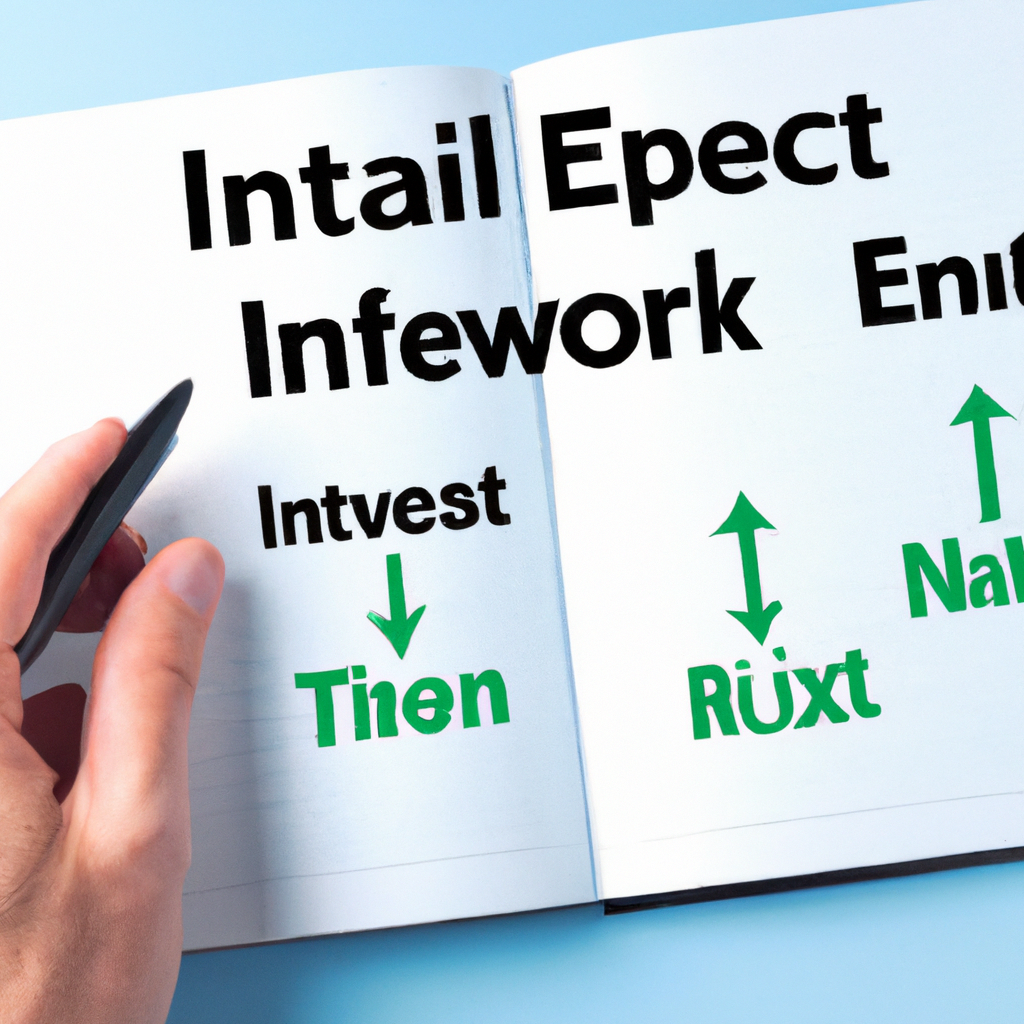
A Beginner’s Guide to Investing in International ETFs
Understanding International ETFs
Before diving into the world of international ETFs, it’s important to understand what they are. Exchange-Traded Funds (ETFs) are investment funds that trade on stock exchanges, similar to individual stocks. International ETFs specifically focus on investing in foreign markets, offering investors exposure to global industries, economies, and currencies. This type of investment can diversify an investor’s portfolio by spreading risk across various countries and markets.
Benefits of Investing in International ETFs
Investing in international ETFs comes with several advantages. Firstly, it allows investors to tap into growth opportunities in emerging and developed markets that may outpace their home country’s market. Additionally, it reduces portfolio risk by diversifying investments geographically. International ETFs are also cost-effective and liquid, making them accessible to individual investors.
Step-by-Step Guide to Investing in International ETFs
Step 1: Conduct Research
Begin with thorough research on international ETFs. Look into various funds, focusing on their performance history, expense ratios, and the regions or sectors they target. Understand the geopolitical and economic stability of the markets you’re interested in to make informed decisions.
Step 2: Evaluate Your Risk Tolerance
International investing comes with its own set of risks, including political instability, currency fluctuations, and differing regulations. Assess your risk tolerance to decide how much of your portfolio you’re willing to allocate to higher-risk international investments.
Step 3: Choose a Trading Platform
Select an appropriate trading platform or brokerage that offers access to international ETFs. Many online brokers now provide a wide range of international ETFs with low trading fees and intuitive trading interfaces for beginners.
Step 4: Open and Fund Your Account
Once you’ve chosen a broker, open an account by completing their registration process, which usually requires some form of identification. After your account is set up, deposit funds through a bank transfer or other payment methods offered by the broker.
Step 5: Start Trading
With your account funded, you can begin to purchase shares of international ETFs. Use the research you conducted in Step 1 to inform your purchase decisions. Monitor the market for the best entry points, keeping in mind any currency exchange fees or taxes applicable for international investments.
Important Considerations
While international ETFs present appealing opportunities, investors should also consider potential drawbacks. Currency risk is a significant factor, as fluctuations can affect investment returns. Additionally, international markets may have different levels of liquidity and market hours, which could impact trading strategies.
Conclusion
Investing in international ETFs can be a rewarding way to diversify your investment portfolio, but it requires thoughtful preparation and research. By following the steps outlined above and continuously monitoring your investments, you can navigate the complexities of global markets and work towards achieving your investment goals.

